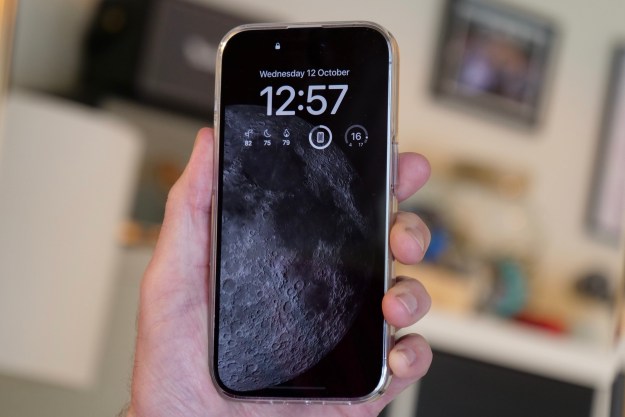UK-based femtocell maker Ubiquisys has taken the wraps off a new mobile roaming product that may particularly appeal to international travelers. Dubbed the attocell, the device connects to a notebook computer or other Internet-enabled device via USB, examines IP and location information, and sets up a tiny, local-area 3G cell station that complies with local licensing requirements and can be used with 3G-enabled smartphones. Although the range of the attocell might be as low as 5mm, in many locations it’ll be big enough to cover and entire room—and users will be able to use their 3G smartphones without incurring international roaming charges.

“At Ubiquisys we are constantly developing new ways to harness intelligent cell technology,” said Ubiquisys CEO Chris Gilbert, in a statement. “The attocell innovation is a direct response to meet a specific requirement from mobile operators.”
The prefix atto- is actually smaller then femto-, so referring to the attocell as a “femtocell” device is technically incorrect, and Ubiquisys chose the term specifically to highlight the very short range of the device, rather than its size. Where a typical femtocell is designed to support a house or a portion of a building, the attocell is designed to serve a much smaller are: just a room, or less.
The attocell was specifically designed to be used with the Apple iPhone, although it has also been tested with devices from RIM and Nokia as well as Android-based smartphones, and any 3G smartphone should work. In the 5mm move users can lay their phone right on top of the attocell and have the device connect automatically, just like a regular femtocell, enabling users to place calls via speakerphone or a headset.
Ubiquisys is in discussion with operators about selling the attocell; until operator deals are in place, no information is available about how much attocells will cost or what calling fees might be like. Although the device might have appeal to frequent international travelers, it’s not clear how the attocell is a significant benefit over using VoIP technologies like Skype. Ubiquisys says it developed the attocell in part due to requests from operators, so the company seems confident that a market exists.
Ubiquisys will showcase the attocell at next month’s Mobile World Conference in Barcelona.
Editors' Recommendations
- iPhone 16: news, rumored price, release date, and more
- iPhone SE 4: news, rumored price, release date, and more
- Here’s how Apple could change your iPhone forever
- How to connect an iPhone to a Mac with or without a cable
- How to use iMessage on an Android phone or tablet

